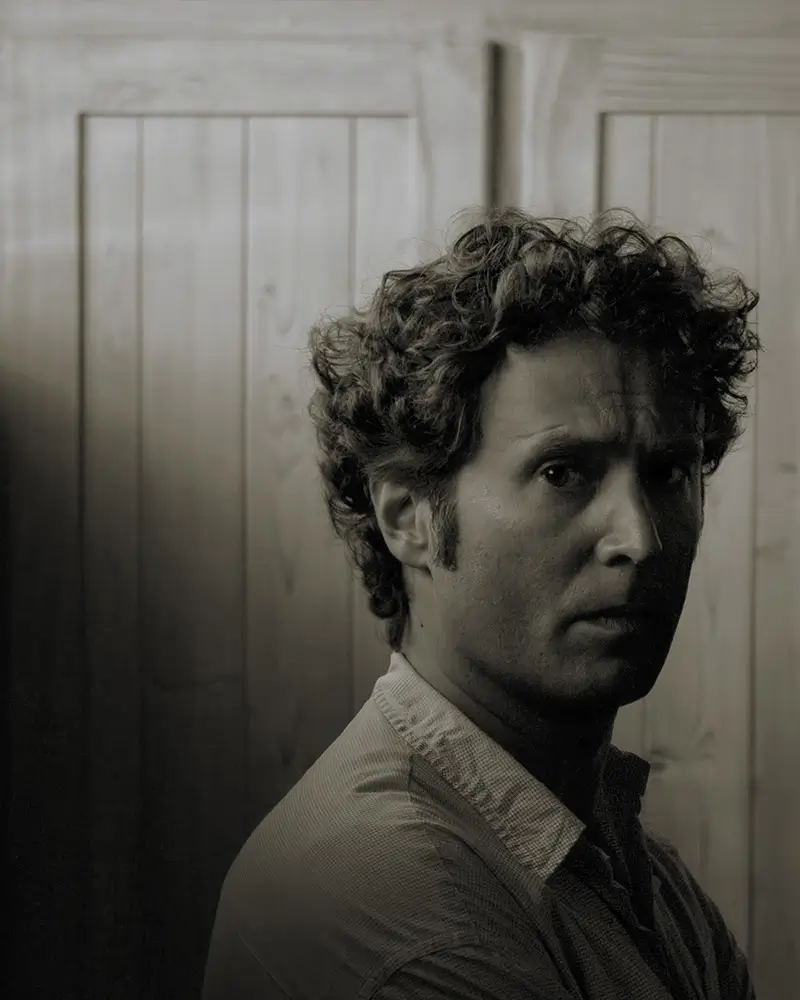Eric van den Brulle began his photographic journey studying fashion photography under legendary image-maker William Klein at Parsons, followed by training in cinematography with Oscar-winning director of photography Gordon Willis at the School of Visual Arts in New York City. He launched his career assisting iconic celebrity photographer Annie Leibovitz during her celebrated GAP portraits era.
Eric’s own career has spanned an impressive roster of clients, including MoMA, Michael Kors, Mexx, Lionel, Cole Haan, architect Robert Stern for The 7th Art, luxury kitchen designer St. Charles, Fox & Fowle Architects, EYP Architects, Jonathan Taylor Design, designers Brad Ford and Carolyne Roehm for Wantful Magazine, and designer Craig van den Brulle, among many others.
His work has been featured in Travel + Leisure, Vogue, Men’s Journal, Paper, Roomplanners, ForbesLife, and The New York Times. His architectural series Structures was reviewed by ARTnews contributor Barbara Pollack, and he has exhibited in New York at Clic Gallery, Mary Gearhart Gallery, and the Puffin Gallery.
Eric’s photography has earned recognition from top creative industry publications such as Communication Arts, Graphis, and American Photography. A passionate supporter of Tibet House, he contributed images to its annual benefit auction following a photographic expedition through Tibet with singer-songwriter James Taylor.
His work is held in notable private collections, including those of fashion icon Donna Karan, Academy Award-winning director Robert Benton, contemporary artist Takashi Murakami, and model Frederique van der Wal.
Statement
In my journey as a portrait photographer, I strive to capture the essence of individuals through the lens of my camera. Each portrait is a visual narrative, a unique story frozen in time. I am fascinated by the intricate dance between light and shadow, using it to sculpt and define the personality of my subjects. Through careful composition and an acute awareness of the emotional subtleties, I aim to create images that resonate on a profound level.
AAP Magazine:
AAP Magazine 37: Travels
AAP Magazine 49: B&W